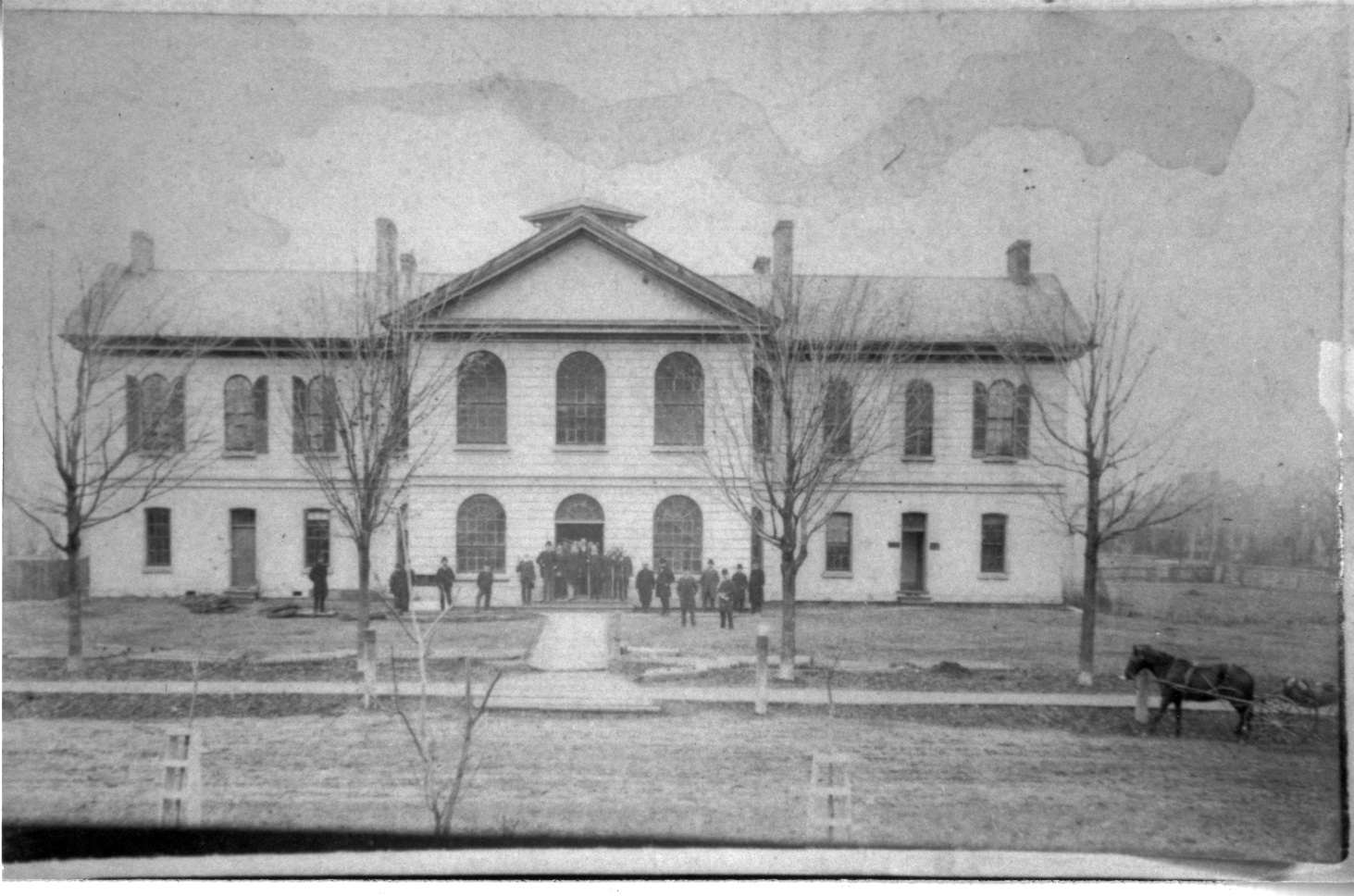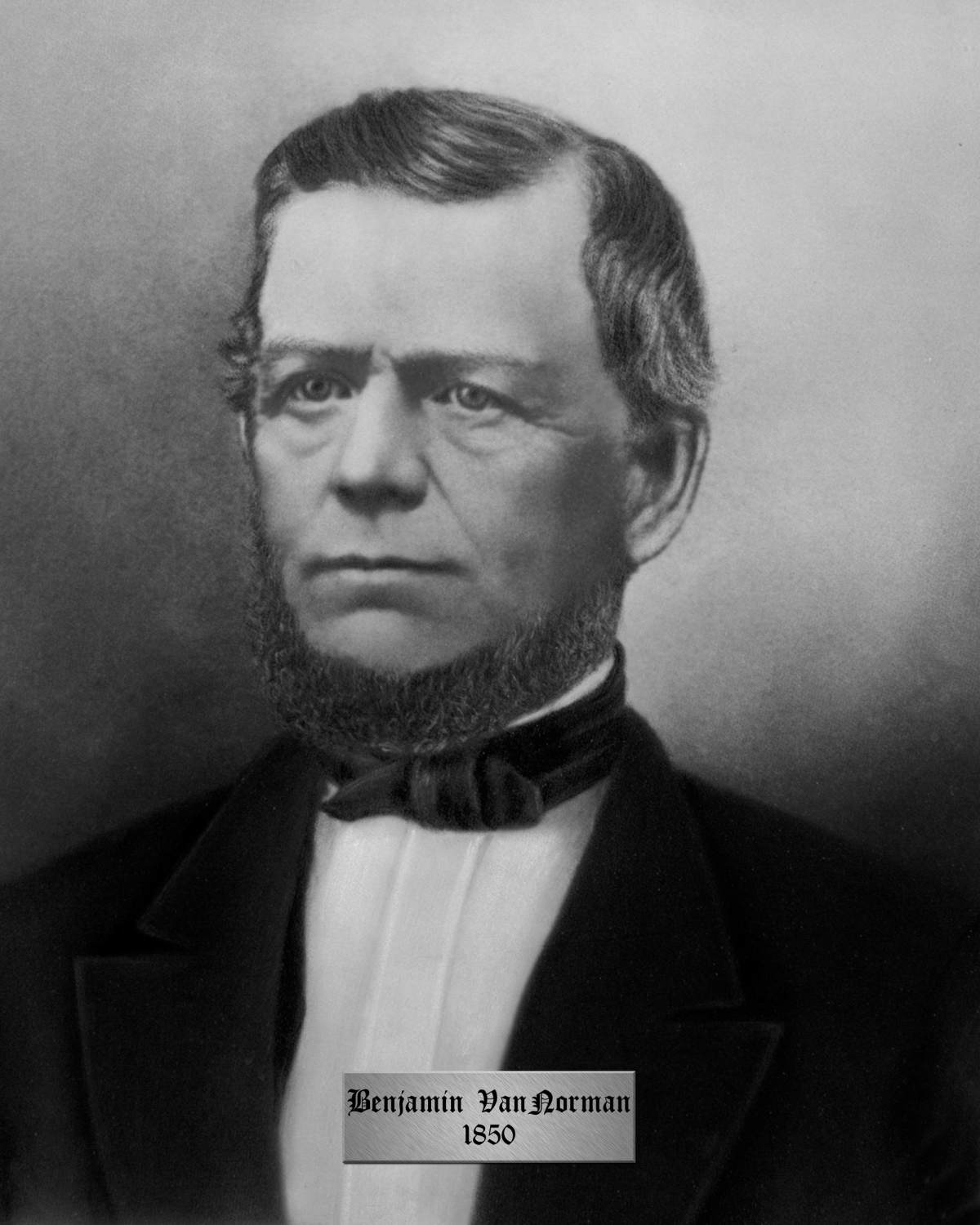History of the District of Brock (1840 to 1849)
History of the District of Brock (1840 to 1849)
By Liz Dommasch, Archivist
From 1788-1841 local affairs in each district of Upper Canada were administered by the district court of General Quarter Sessions of the Peace, composed of magistrates appointed by the Governor or Lieutenant Governor in council. These Justices of the Peace met four times a year to try legal cases and supervise the administration of the area.
In 1841, the District Council’s Act, whereby a District Council assumed the administrative powers of the magistrates of the Quarter Sessions, effective 1 January 1842, changed this system. However, the Brock District was formed two years prior to the instituting of District Councils for local self-government, so the Brock District Court of Quarters Sessions of the Peace administered the earliest affairs of Brock District (1840-1841).
Click here to view District of Brock By-Law No. 1, from 1842.
Each District Council was composed of a warden, councillors, clerk, district treasurer, surveyor and two auditors. The Governor appointed all members with the exception of the elected councillors.
District Councils were given jurisdiction over roads, bridges, district real estate, sales, administration of justice expenses, the establishment and maintenance of schools, the fixing of district officers’ salaries, and the salaries and fees of township officers. All by-laws passed by a district council had to be submitted to the Governor in Council and might be disallowed within thirty days.
The first District Council of the District of Brock, met in the Court House, Woodstock, on Tuesday, the 8th day of February 1842, pursuant to the Act 4th and 5th Victoria, Chapter 10th, by which Act a meeting of the Council was to be held on the second Tuesday of the months of February, May, August and November; and where no meeting was to be longer than six days. Beginning in 1846 this was changed, with council meeting twice a year, commencing on the first Tuesday in the months of February and October. Such meetings were not to be held for a period longer than nine successive days. As previously mentioned, the Governor was to appoint the Warden, Treasurer and Clerk. While each Township was to elect one Councillor, the Townships which had more than three hundred freeholders and householders on the assessment list were to elect two.

The first county courthouse building in Woodstock, Ontario. This building is no longer standing but it is located close to the site of the current courthouse. [COA photograph No. 726; COA44 Edwin Bennett fonds]
In 1846, in response to continued agitation for a more democratic structure for the District Council, important changes were made to the Act of 1841. Positions previously appointed by the Governor were now to be appointed by the District Councils. Councils were also permitted to pay members for services. In addition, the School Act was amended; it provided for Superintendents of Education to be appointed by District Councils and for the Superintendents to be invested with considerable administrative powers.
In 1849, the Municipal Corporations Act, better known as the Baldwin Act (named after the politician Robert Baldwin), established counties as units of local government, thus providing for the composition of county councils and their responsibilities. The Baldwin Act became effective on 1 January 1850 and remained in effect until its repeal by the Municipal Act, of 2001, effective 1 January 2003. With the Baldwin Act in place, the District of Brock became the Incorporated County of Oxford. The Municipality of Nissouri was split with West Nissouri becoming part of Middlesex County, and in the east, Burford and Oakland Townships were removed to Brant County.
The District of Brock was made up of the following municipalities:
- Blandford
- Blenheim
- Burford
- Dereham West Oxford
- Nissouri
- Norwich
- Oakland
- East Oxford
- North Oxford
- West Oxford
- Zorra
Wardens for the district of Brock were:
- 1842 The Hon. Peter Boyle de Blaquire
- 1843 Solomon Lossing (appointed in April)
- 1844 Solomon Lossing (February session)
- 1844 Benjamin Van Norman (May, August and November Sessions)*
- 1845 George W. Whitehead (August and November Sessions)
- 1846 George W. Whitehead
- 1847 Jared Vining
- 1848 Jared Vining
- 1849 William Carroll
*Note: Benjamin Van Norman, also served as the 1st Warden of the newly incorporated County of Oxford in 1850.

A portrait of Oxford County Warden Benjamin Van Norman in 1850.
